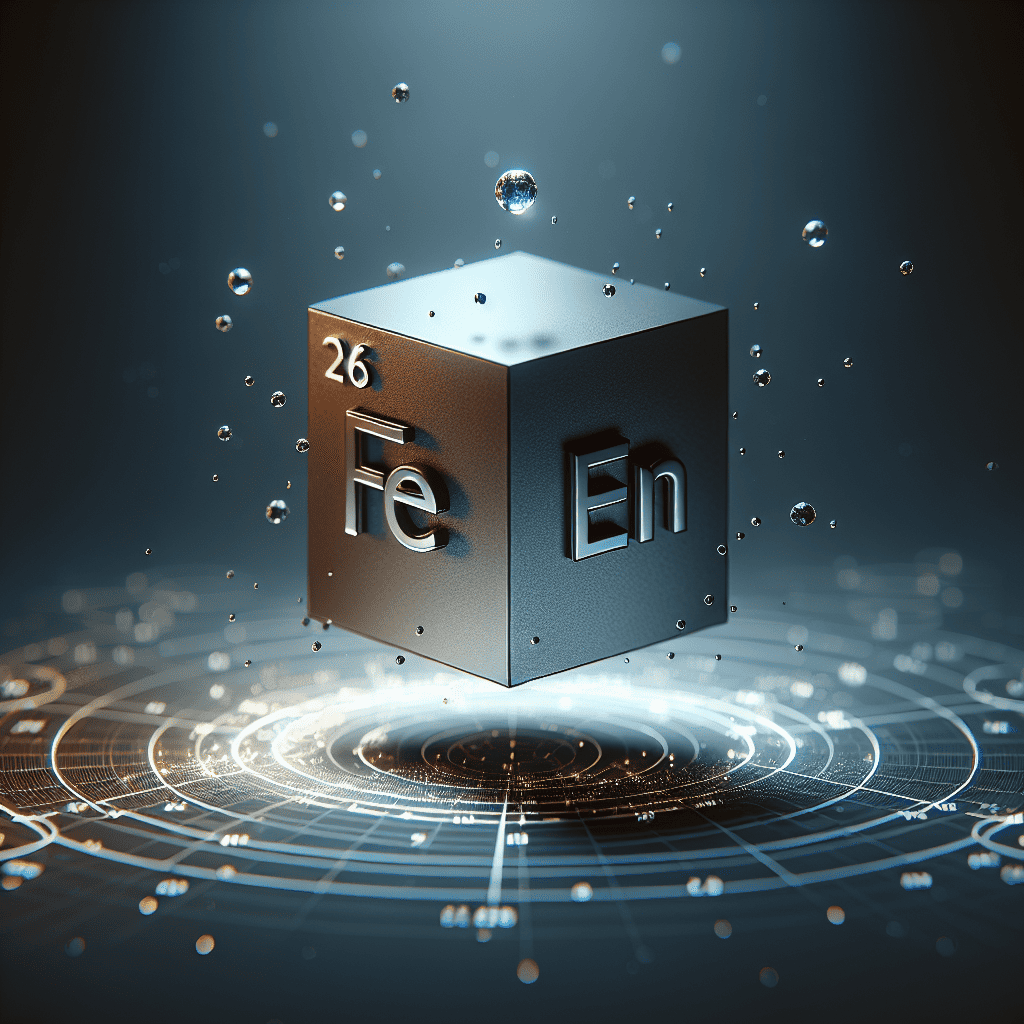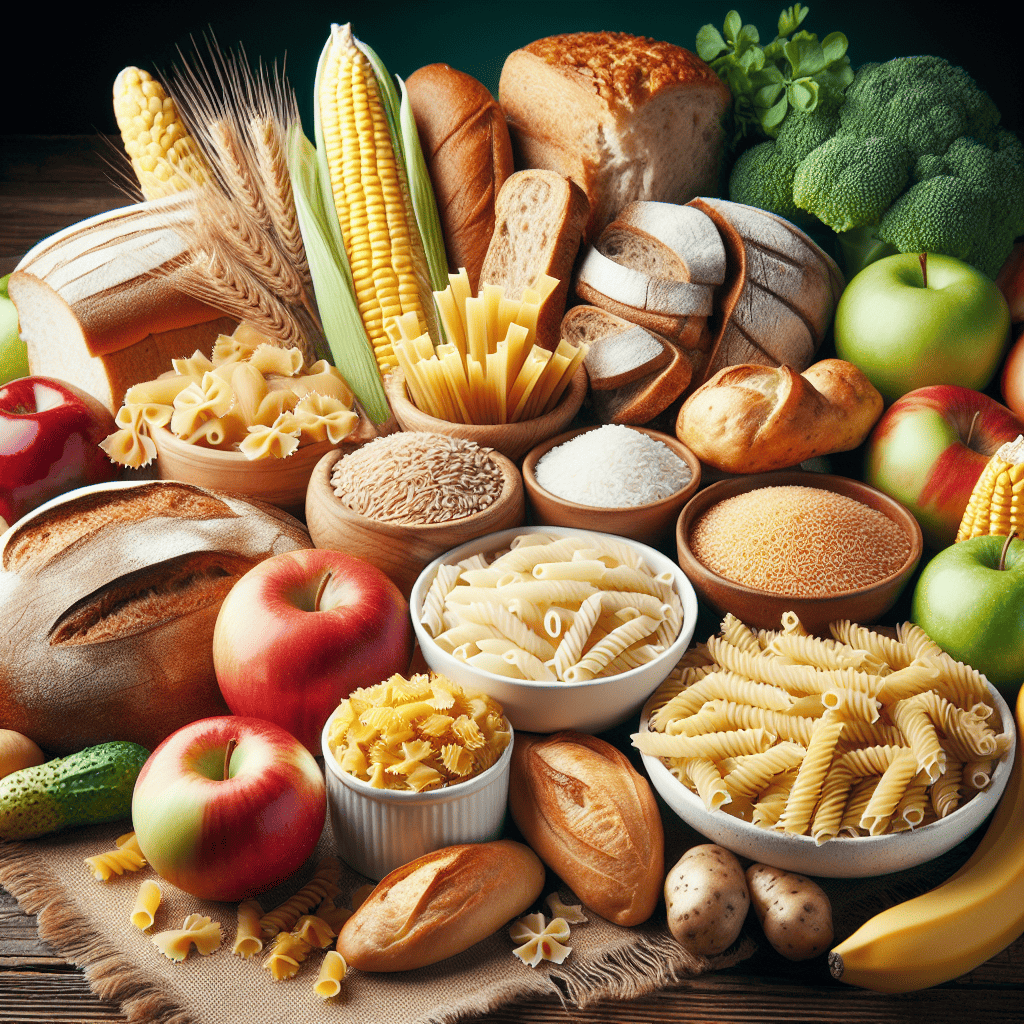Introduction: Iron, a vital element with significant importance across industries and biological systems, is explored in this detailed guide. Discover the properties of iron, its uses in various sectors, and its crucial role in biological processes.
Table of Contents
Properties of Iron
Learn about the physical, chemical, and mechanical properties of iron and how they define the characteristics and behavior of this ubiquitous element.
- Physical Properties:
Iron is a metallic element with the symbol Fe and atomic number 26. In its solid state, iron is known for its unique physical properties. One of the key characteristics of iron is its relatively high melting point of 1535 degrees Celsius, making it a solid at room temperature. At even higher temperatures, iron boils at 2750 degrees Celsius, transforming into a gas state. This transition from solid to gas is a crucial factor in various industrial processes like steel manufacturing and metallurgy.
In addition to its melting and boiling points, iron also possesses a density of 7.874 grams per cubic centimeter. This high density makes iron a heavy metal compared to some other common elements. The density of iron plays a vital role in determining its applications in construction, machinery, and infrastructure. The strong and dense nature of iron makes it a valuable material for structural components in buildings, bridges, and various industrial equipment.
Furthermore, iron has an atomic mass of approximately 55.845 grams per mole. This atomic mass indicates the average mass of a single iron atom, considering all naturally occurring isotopes. The atomic mass of iron is significant in various scientific calculations, especially in chemistry and physics. Understanding the atomic mass of iron is crucial for determining its chemical behavior, reactions with other elements, and its role in the formation of different compounds.
- Chemical Properties:
Iron, a chemical element with the symbol Fe, has the ability to react with other elements under certain conditions. When exposed to the elements in the environment, iron exhibits reactivity by forming compounds. For example, when iron comes into contact with oxygen in the air, a chemical reaction occurs, leading to the formation of iron oxide, commonly known as rust. This process is known as oxidation, where iron atoms lose electrons to oxygen atoms to create the reddish-brown compound that weakens the iron structure.
In addition to oxygen, water plays a crucial role in the rusting of iron. The presence of moisture triggers the oxidation process, accelerating the formation of rust. When iron is exposed to both air and water, the reaction occurs more rapidly, causing the iron to corrode and deteriorate over time. Furthermore, the presence of carbon dioxide in the atmosphere can also contribute to the corrosion of iron. Carbon dioxide dissolves in water to form carbonic acid, which can enhance the rusting process by accelerating the breakdown of iron atoms.
The formation of rust on iron surfaces not only alters the appearance of the metal but also compromises its structural integrity. Rust weakens the iron by creating porous areas that are more susceptible to further corrosion. To prevent rust formation, various methods such as coating with protective layers, like paint or specialized coatings, can be applied to inhibit the exposure of iron to oxygen, water, and carbon dioxide. Understanding the reactivity of iron and its susceptibility to rust formation is essential in maintaining the durability and longevity of iron-based materials in various applications.
- Mechanical Properties:
Iron exhibits a notable response to stress due to its mechanical properties. One key characteristic is the elasticity of 200 MPa, which indicates the material’s ability to deform under stress and return to its original shape once the stress is removed. This property is crucial in various applications where iron components need to withstand forces without permanently deforming. The high elasticity of iron makes it a suitable material for structural elements in buildings, bridges, and machinery, where resilience and durability are essential.
Another important aspect of iron’s response to stress is its hardness measurements. Hardness refers to the material’s resistance to indentation or scratching, which is a valuable property in determining how well iron can withstand wear and tear. By measuring the hardness of iron, engineers and manufacturers can assess its suitability for specific applications that require resistance to abrasion, such as tools, gears, and automotive parts. Understanding iron’s hardness properties allows for the selection of the right grade and heat treatment processes to enhance its wear resistance and longevity.
Furthermore, the strength properties of iron play a critical role in defining its overall mechanical characteristics. The strength of iron indicates how much force or load it can withstand before deforming or failing. By assessing the tensile, compressive, and shear strength of iron, engineers can determine its performance under different types of mechanical stress. This information is crucial for designing structures and components that require specific strength requirements to ensure safety and reliability. Overall, iron’s strength properties, in combination with its elasticity and hardness, make it a versatile material with a wide range of applications in various industries.
Uses of Iron
Discover the extensive applications of iron in industries such as electronics, manufacturing, automotive, and construction, as well as its role in producing various types of steels and in manufacturing magnets and equipment.
- Industrial Applications:
Iron is a critical element in various industries due to its versatile applications. In the electronics sector, iron is primarily utilized for its magnetic properties. It is a crucial component in the production of magnets, which are vital in various electronic devices like speakers, hard drives, and electric motors. Moreover, iron is essential in the manufacturing industry. It is a key element in the production of different types of steel, including carbon steel, alloy steel, and stainless steel. Carbon steel, for instance, is widely used in the construction of buildings, bridges, and infrastructure due to its strength and durability. Alloy steel, on the other hand, is known for its resistance to corrosion and heat, making it suitable for applications in industries such as aerospace and automotive. Stainless steel, with its anti-corrosive properties, is extensively used in the food processing, medical, and pharmaceutical sectors.
Furthermore, in the construction sector, iron plays a crucial role in the form of cast iron, which is utilized in various structural components like columns, beams, and pipes. Its ability to withstand heavy loads and high temperatures make it a preferred material for construction applications. Additionally, iron is also a fundamental element in the production of machines and transportation equipment. In machinery, iron is used for manufacturing gears, shafts, and other components due to its strength and machinability. When it comes to transportation, iron is indispensable in the automotive industry for producing engine blocks, chassis, and other critical parts of vehicles. Iron’s high tensile strength and thermal conductivity make it an ideal material for ensuring the reliability and performance of transportation equipment.
In conclusion, iron’s significance in industries such as electronics, manufacturing, and construction cannot be overstated. Its diverse properties and applications make it a key material in the production of various essential products ranging from steel to magnets and machinery. The versatility of iron enables its use in a wide array of sectors, contributing to the advancement and sustainability of numerous industries. As technology evolves and industries continue to expand, iron will remain a vital element in meeting the demands of modern manufacturing and construction processes.
- Infrastructure Development:
Iron is one of the most widely used metals in various industries and infrastructure projects due to its abundance and impressive mechanical properties. Its versatility stems from its ability to be easily shaped and molded into different forms, making it a vital component in construction, manufacturing, and transportation sectors. In the construction industry, iron is commonly used to reinforce concrete structures, such as bridges, buildings, and roads, providing the necessary strength and durability to withstand various environmental conditions.
Moreover, iron plays a crucial role in industrial processes, particularly in the production of steel, which is essential for the manufacturing of various goods, ranging from automobiles and household appliances to machinery and tools. The process of extracting iron from its ores and then transforming it into steel involves sophisticated techniques that require high temperatures and precise control to achieve the desired properties. This highlights the importance of iron in supporting modern industrialization and economic development.
Additionally, the importance of iron extends beyond its physical properties to its impact on technological advancements and innovations. Iron-based alloys are utilized in the production of advanced materials used in electronics, aerospace, and healthcare industries. These materials provide unique characteristics such as high strength, corrosion resistance, and magnetic properties, enabling the development of cutting-edge technologies and products that improve our quality of life. Therefore, the diverse uses of iron not only underscore its significance in infrastructure development but also its indispensable role in driving progress and innovation across various sectors.
The Role of Biological Iron
Explore the vital significance of iron in biological systems, including its role in hemoglobin, chlorophyll production, energy generation, treating anemia, and its presence in various food sources.
- Physiological Importance:
Iron, a vital element in biological systems, serves several key functions essential for sustaining life processes. One of its primary roles is in the formation of hemoglobin, the protein in red blood cells responsible for transporting oxygen from the lungs to the rest of the body. Without iron, the body would struggle to produce an adequate amount of hemoglobin, leading to a condition known as iron deficiency anemia which can result in fatigue, weakness, and impaired immune function. Moreover, iron is also a crucial component in energy production within cells. It is involved in the electron transport chain, a series of reactions that generate adenosine triphosphate (ATP), the primary energy currency of the cell.
Additionally, iron plays a significant role in the synthesis of chlorophyll, the pigment responsible for the green color in plants and essential for photosynthesis. In plants, iron is a co-factor for certain enzymes involved in chlorophyll production, making it indispensable for the conversion of sunlight into chemical energy. This highlights the essentiality of iron not only in human physiology but also in the growth and development of plant life. Furthermore, iron is crucial in the treatment and prevention of anemia, a condition characterized by a lower-than-normal number of red blood cells or a decrease in hemoglobin levels. Iron supplementation is often prescribed to individuals with anemia to replenish iron stores in the body and support the production of healthy red blood cells, thereby improving oxygen transport and overall energy levels.
In conclusion, the multifaceted significance of iron in biological systems cannot be overstated. From its role in hemoglobin formation for oxygen transport, energy production within cells, and chlorophyll synthesis in plants to its crucial involvement in the treatment of anemia, iron is truly indispensable for sustaining life processes. Understanding the importance of maintaining adequate iron levels through a balanced diet or supplementation is key to ensuring optimal health and functioning of the body’s vital processes.
- Diet and Health:
Iron is an essential mineral that plays a crucial role in the human body. It is a vital component of hemoglobin, the protein in red blood cells that carries oxygen from the lungs to the rest of the body. Without enough iron, the body cannot produce an adequate amount of healthy red blood cells, leading to a condition called iron deficiency anemia. Symptoms of iron deficiency anemia include fatigue, weakness, pale skin, and shortness of breath. Therefore, consuming iron-rich foods is crucial for preventing this condition and maintaining overall health.
There are two forms of dietary iron: heme iron and non-heme iron. Heme iron, found in animal sources such as red meat, poultry, and fish, is more easily absorbed by the body compared to non-heme iron, which is found in plant-based sources like legumes, grains, nuts, and seeds. To enhance the absorption of non-heme iron, it is recommended to consume vitamin C-rich foods, such as citrus fruits, strawberries, and bell peppers, alongside iron-rich plant foods. Additionally, certain factors can inhibit the absorption of iron, such as tannins in tea and coffee, phytates in whole grains and legumes, and calcium in dairy products. Therefore, it is important to consider these factors when planning a diet rich in iron.
Including a variety of iron-rich foods in the diet is essential for meeting daily iron requirements. In addition to red meat and poultry, excellent sources of iron include dark leafy greens like spinach and kale, lentils, chickpeas, tofu, quinoa, and fortified cereals. For individuals following a vegetarian or vegan diet, it is especially important to be mindful of their iron intake and include a combination of plant-based iron sources and vitamin C-rich foods in their meals. By understanding the different sources of dietary iron and how to optimize its absorption, individuals can ensure they are meeting their iron needs and supporting their overall well-being.




